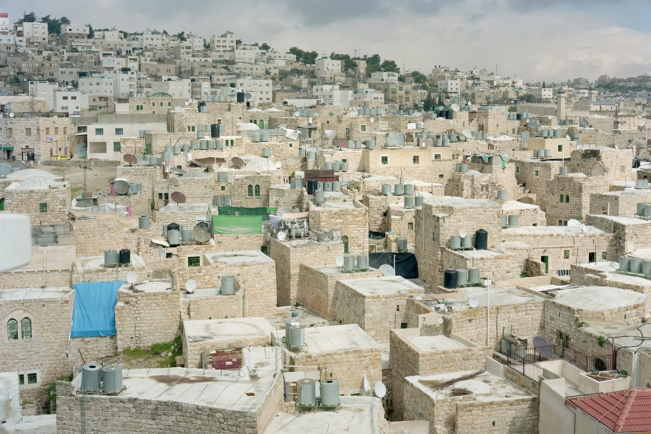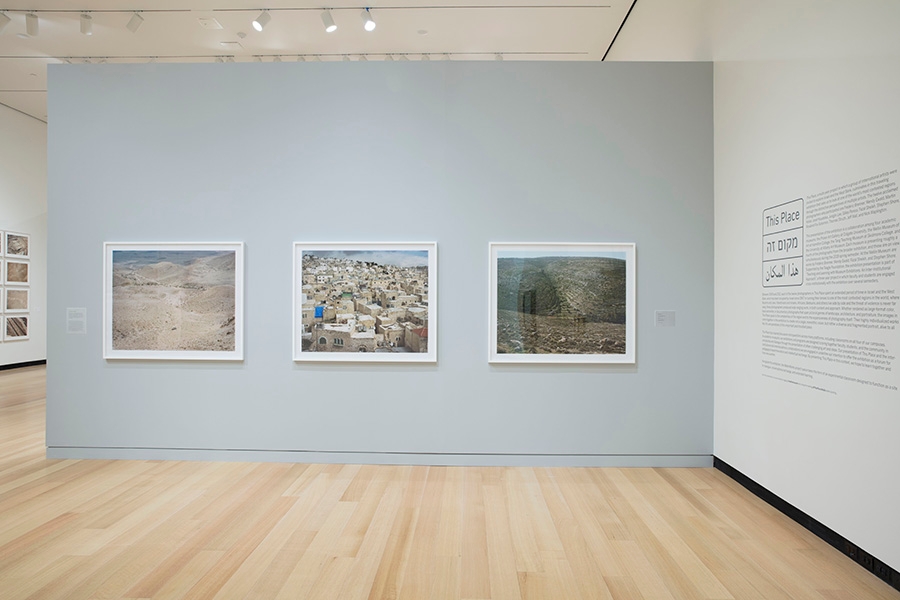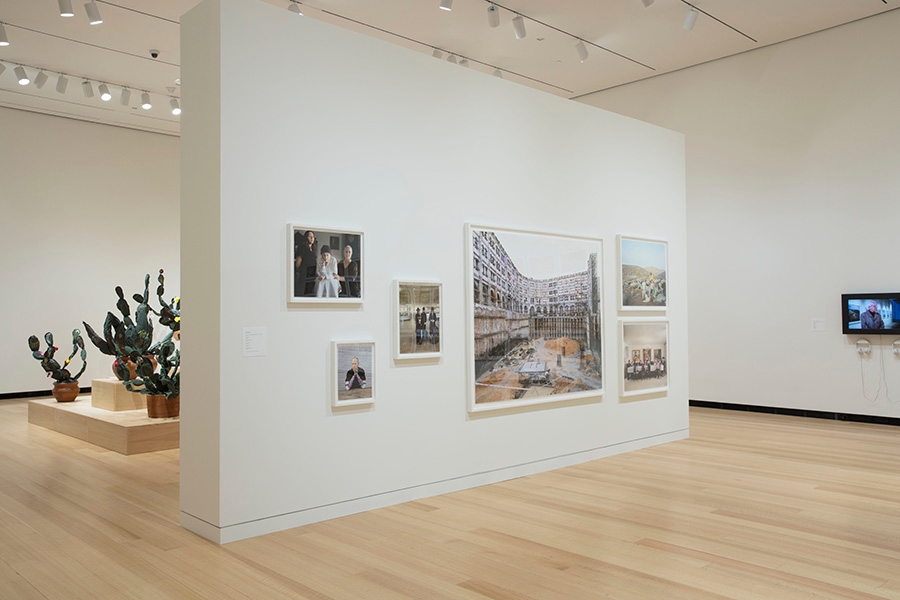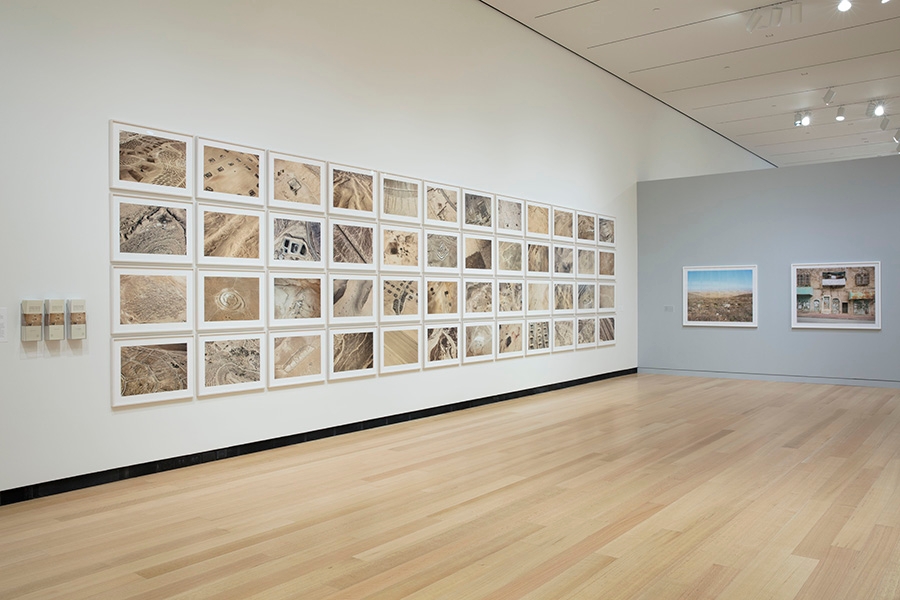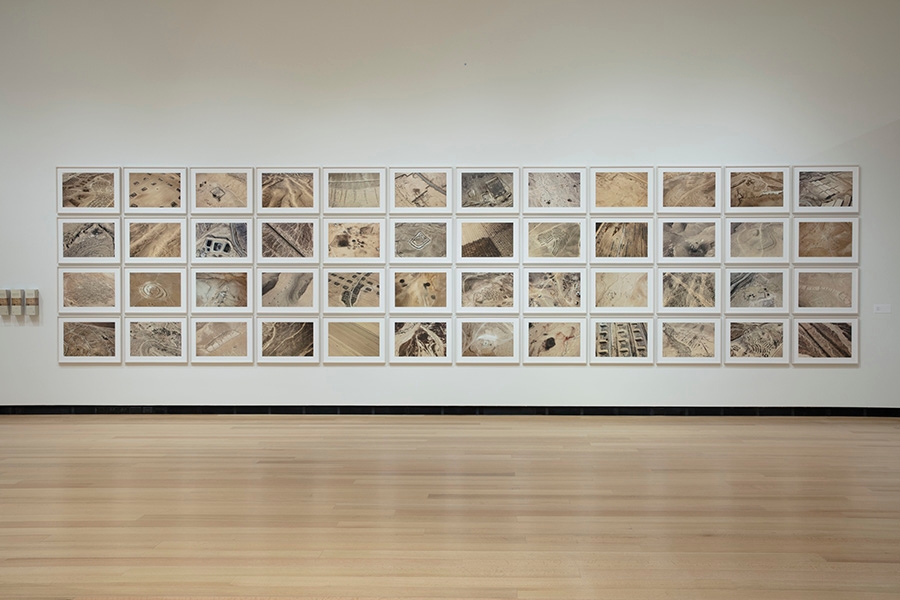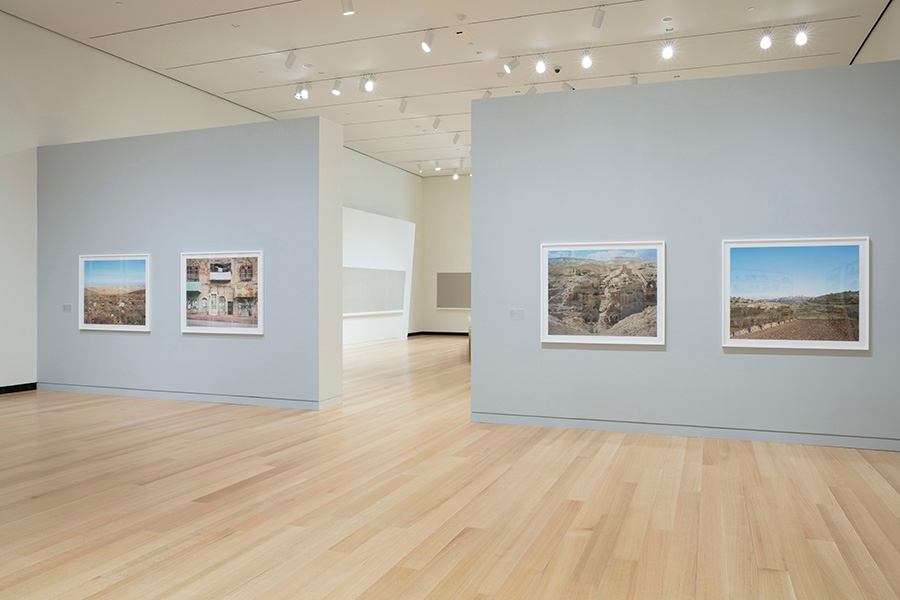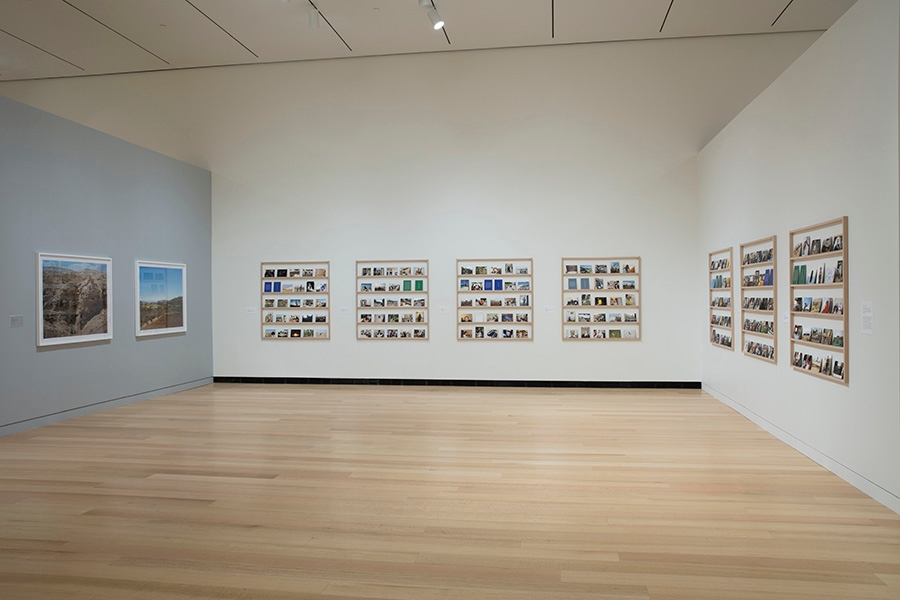Frédéric Brenner, Matthew Brogan, and
Charlotte Cotton
Presented at the Wellin Museum of Art in
collaboration with the Tang Teaching Museum and
Art Gallery at Skidmore College, the Picker Art
Gallery at Colgate University, and the University Art
Museum at the University at Albany
Overview
February 10 – June 10, 2018
Organized by Frédéric Brenner, Matthew Brogan, and Charlotte Cotten
This Place, a multi-year project in which a group of international artists were invited to explore Israel and the West Bank, culminates in this traveling exhibition that asks us to look at one of the world’s most contested regions through the distinctive perspectives of multiple artists. The twelve acclaimed photographers who participated are Frédéric Brenner, Wendy Ewald, Martin Kollar, Josef Koudelka, Jungjin Lee, Gilles Peress, Fazal Sheikh, Stephen Shore, Rosalind Fox Solomon, Thomas Struth, Jeff Wall, and Nick Waplington.
This presentation of the exhibition is a collaboration among four academic museums: the Picker Art Gallery at Colgate University, the Wellin Museum of Art at Hamilton College, the Tang Teaching Museum at Skidmore College, and the University at Albany Art Museum. Each museum is presenting roughly a fourth of the photographs from the broader exhibition, and these are on view simultaneously during the 2018 spring semester. At the Wellin Museum are works by Frédéric Brenner, Wendy Ewald, Fazal Sheikh, and Stephen Shore. Supported by the Teagle Foundation, the exhibition presentation is part of “Teaching and Learning with Museum Exhibitions: An Inter-Institutional Approach,” a three-year project in which faculty and students are engaged cross-institutionally with the exhibition over several semesters.
Between 2009 and 2012, each of the twelve photographers in This Place spent an extended period of time in Israel and the West Bank, which has been occupied by Israel since 1967. In turning their lenses to one of the most contested regions in the world, where Muslims and Jews, Palestinians and Israelis, Africans, Bedouins, and others live side by side and the threat of violence is never far away, these photographers produced wide ranging work, in both content and approach. Whether rendered as large-format color, black and white, or documentary photographs that span pictorial genres of landscape, architecture, and portraiture, the images in This Place speak to the complexities of the region and to the expansiveness of photography itself. Their highly individualized works come together in this exhibition to create not a single, monolithic vision, but rather a diverse and fragmented portrait, alive to all the rifts and paradoxes of this important and troubled place.
This Place has inspired discussion and questions across many platforms, including classrooms on all four of our campuses. As academic museums, our exhibitions and programs are designed to bring together faculty, students, and the community in scholarship and dialogue through the presentation of often challenging art and ideas. Our presentation of This Place and the inter-institutional and interdisciplinary collaborations we are engaged in underline our intention to offer the exhibition as a forum for pedagogical experimentation and intellectual exchange. By presenting This Place in this context, we hope to learn together and from one another.
Alongside this exhibition, the WellinWorks project space takes the form of an experimental classroom designed to function as a site for dialogue, conversational exchange, and extended learning.
Join the conversation on social media by tagging @wellinmuseum and using the hashtag #ThisPlace when posting.
Image Credit: Stephen Shore. Hebron, 2011. Chromogenic color print, 36 x 45 in. Courtesy of the artist and 303 Gallery, New York.


